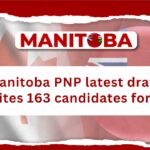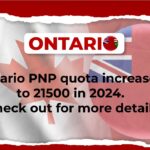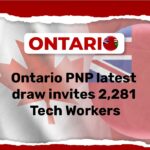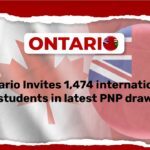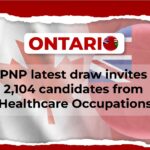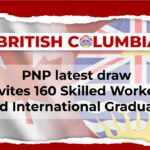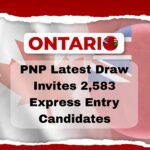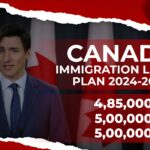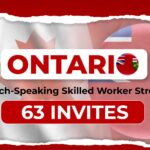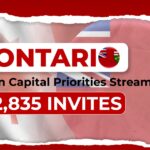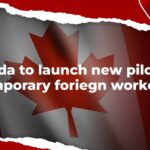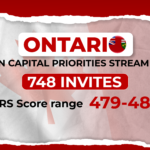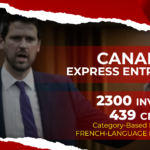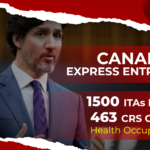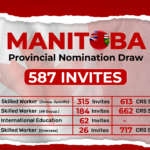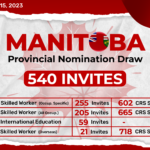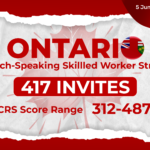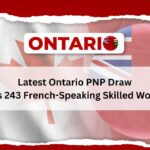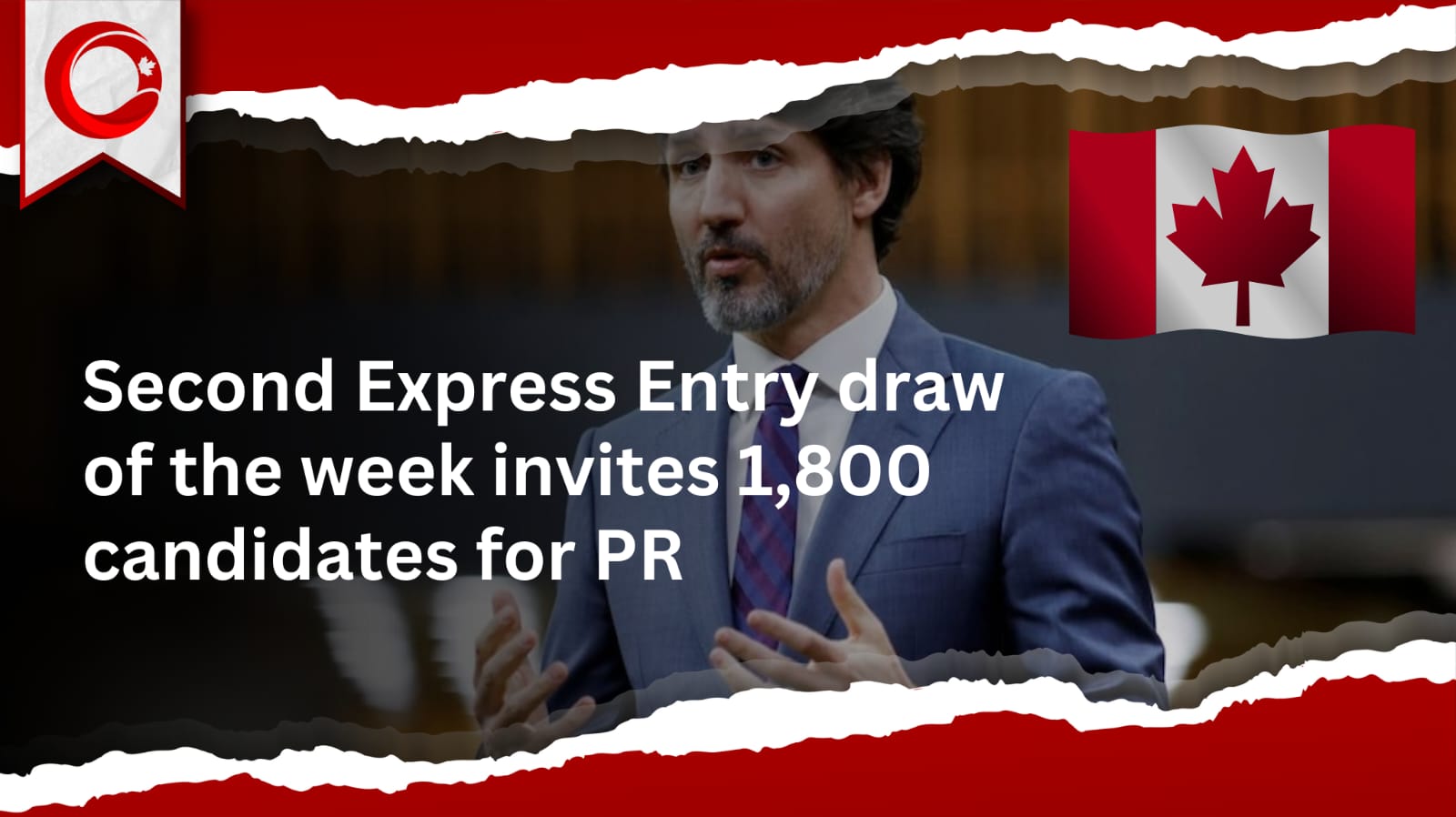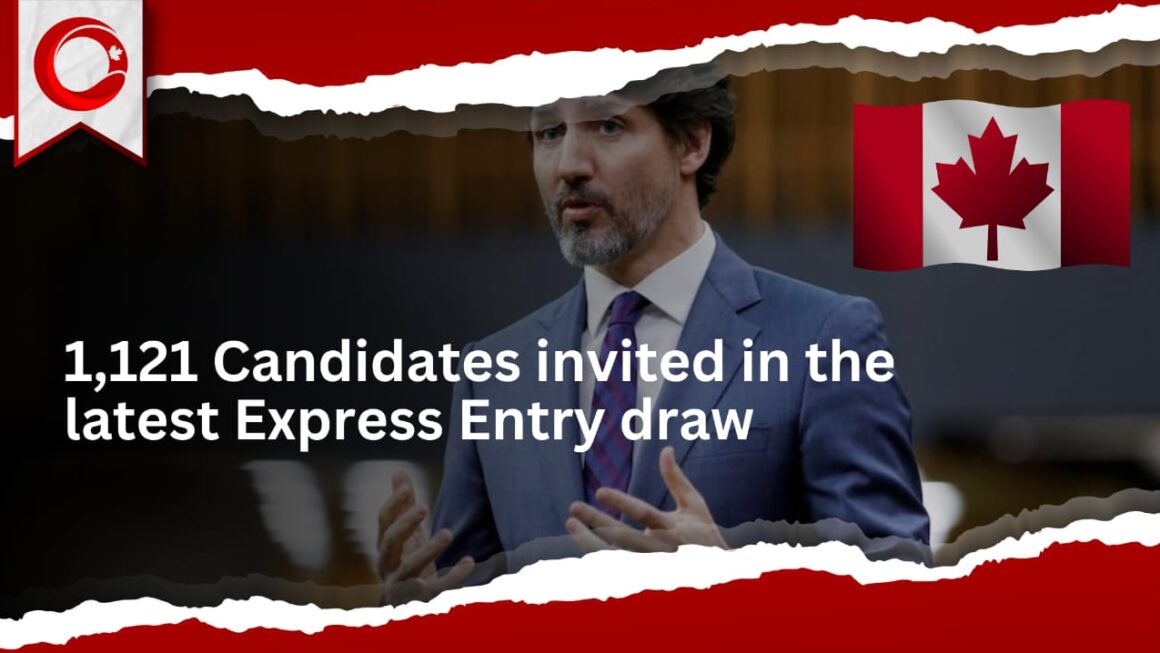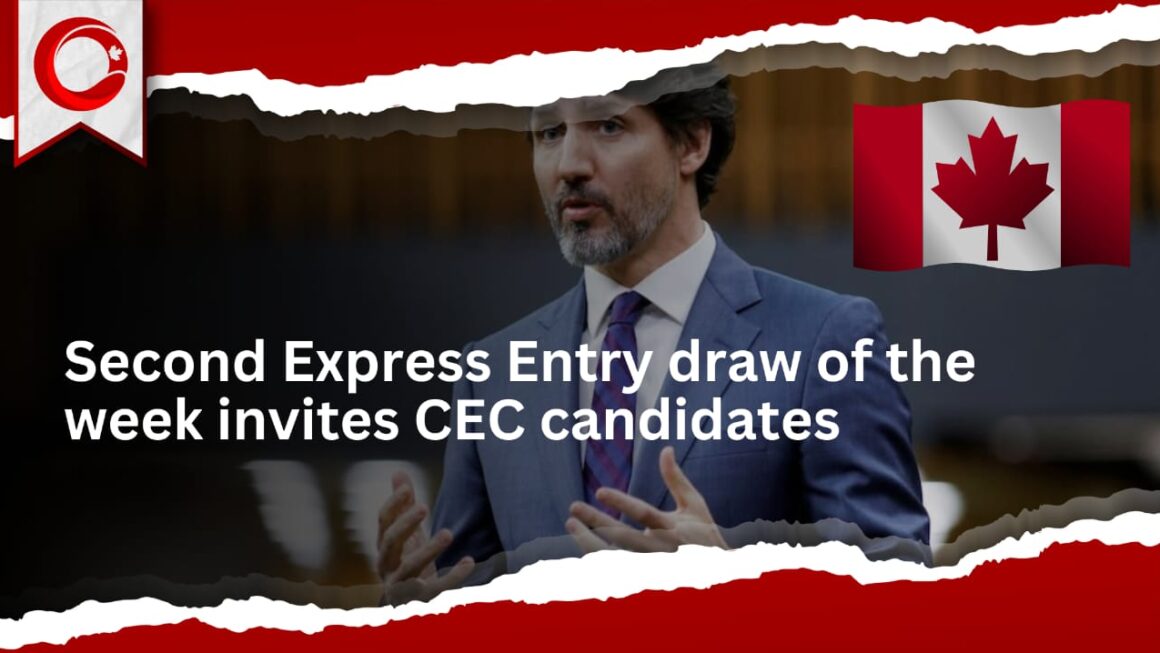Table of Contents
- Overview of the Express Entry System
- Details of the Second Draw
- Significance of Back-to-Back Draws
- Meeting Labor Market Needs
- Supporting Economic Recovery
- Profiles of Invited Candidates
- Federal Skilled Worker Program (FSWP)
- Canadian Experience Class (CEC)
- The Application Process
- Comprehensive Ranking System (CRS)
- Post-Invitation Steps
- Impact on Canada’s Immigration Landscape
- Closing Thoughts
In a significant move demonstrating Canada’s commitment to welcoming skilled immigrants, the second Express Entry draw of the week has invited 1,800 candidates to apply for permanent residency (PR). This draw, part of the Canadian government’s broader immigration strategy, continues to facilitate the second express entry draw of highly skilled professionals who can contribute to the country’s economic growth and cultural diversity.
Overview of the Second Express Entry Draw
Launched in January 2015, the Express Entry system is Canada’s primary method for managing applications for permanent residence through three major federal economic immigration programs:
- Federal Skilled Worker Program (FSWP)
- Federal Skilled Trades Program (FSTP)
- Canadian Experience Class (CEC)
The system uses a Comprehensive Ranking System (CRS) to score candidates based on various factors including age, education, work experience, language proficiency, and other criteria. Candidates with the highest scores are issued Invitations to Apply (ITAs) for permanent residency through periodic draws conducted by Immigration, Refugees and Citizenship Canada (IRCC).
Details of the Second Express Entry Draw
The second Express Entry draw of the week, held on [specific date], saw 1,800 candidates receiving ITAs. This draw is notable not only for the number of invitations issued but also for the CRS cut-off score required for selection. The minimum CRS score in this second express entry draw was [insert CRS score], reflecting the competitive nature of the Second Express Entry Draw system and the high caliber of applicants.
Significance of Back-to-Back Draws
Conducting two Second Express Entry draw within a week signifies a proactive approach by the Canadian government to address labor market needs and smooth the immigration process. This strategy is particularly important in the context of post-pandemic economic recovery, where there is an increased demand for skilled workers across various sectors. The back-to-back draws help maintain momentum in the immigration system, ensuring a steady influx of talent.
Meeting Labor Market Needs
Canada’s labor market is experiencing shortages in several key sectors, including healthcare, information technology, engineering, and skilled trades. By inviting a large number of candidates in quick succession, the government aims to fill these gaps more efficiently. The influx of skilled immigrants is expected to contribute significantly to sectors that are crucial for economic growth and development.
Supporting Economic Recovery
As Canada continues to recover from the economic impacts of the COVID-19 pandemic, immigration plays a best role in revitalizing the economy. Skilled immigrants bring expertise and innovation, driving productivity and helping businesses expand. The government’s aggressive stance on immigration, as evidenced by the frequent draws, underscores its recognition of the critical role that newcomers play in sustaining economic vitality.
Profiles of Invited Candidates
The 1,800 candidates invited in the second express entry draw represent a diverse pool of skilled professionals from various industries and backgrounds. These individuals have demonstrated high levels of education, professional experience, and proficiency in English or French. Many of them are already working in Canada or have received job offers from Canadian employers, highlighting the immediate benefits they bring to the labor market.
Federal Skilled Worker Program (FSWP)
A significant portion of the invited candidates fall under the Federal Skilled Worker Program, which targets individuals with foreign work experience and qualifications. These candidates are assessed based on their ability to contribute economically and adapt to the Canadian labor market. The high CRS scores required for this second express entry draw indicate that these individuals possess exceptional skills and experience.
Canadian Experience Class (CEC)
Candidates from the Canadian Experience Class also featured prominently in this second express entry draw. The CEC is designed for individuals who have already gained work experience in Canada, typically as temporary foreign workers or international graduates. These candidates have proven their ability to integrate into Canadian society and the workforce, making them ideal candidates for permanent residency.
The Application Process
For the 1,800 candidates who received ITAs, the next step is to submit a complete application for permanent residency. They have 60 days to provide all necessary documents and information to IRCC. This includes proof of education, work experience, language test results, and medical examinations. The application process is rigorous, ensuring that only the most qualified candidates are granted permanent residency.
Comprehensive Ranking System (CRS)
The CRS remains a critical element of the Second Express Entry Draw system, guiding the selection of candidates based on a transparent and merit-based approach. The system awards points for factors such as age, education, language proficiency, and Canadian work experience. Candidates can improve their CRS scores by gaining additional qualifications, improving language test results, or securing a job offer from a Canadian employer.

Post-Invitation Steps
Upon receiving an ITA, candidates must gather and submit all required documentation within the 60-day timeframe. This includes:
- Proof of Identity: Passports or other travel documents.
- Education Credentials: Degrees, diplomas, and transcripts.
- Work Experience: Reference letters, employment records, and pay stubs.
- Language Proficiency: Results from approved language tests (IELTS, CELPIP, or TEF).
- Medical Examination: Proof of a medical examination conducted by an IRCC-approved panel physician.
- Police Certificates: Certificates of good conduct from countries where the candidate has lived for more than six months.
Impact on Canada’s Immigration Landscape
The second Express Entry draw of the week not only brings immediate benefits by addressing labor market needs but also has long-term implications for Canada’s immigration landscape. The sustained high levels of immigration help in building a diverse and inclusive society, enriching Canadian culture, and fostering global connections.
Demographic Growth
Immigration is a key driver of demographic growth in Canada. With a low birth rate and an aging population, the country relies heavily on immigrants to maintain a healthy population growth rate. The candidates invited in this draw will contribute to the demographic dynamism, ensuring a balanced age structure and supporting the pension system.
Economic Contributions
The economic contributions of skilled immigrants are multifaceted. They not only fill immediate labor market gaps but also start businesses, create jobs, and contribute to tax revenues. The entrepreneurial spirit of many immigrants leads to innovation and economic diversification, which are essential for long-term economic resilience.
Cultural Enrichment
Canada’s multicultural society is one of its defining characteristics. The influx of skilled professionals from diverse backgrounds enriches Canadian culture, promotes cross-cultural understanding, and strengthens social cohesion. The cultural exchange and diversity brought by new immigrants enhance the quality of life for all Canadians.
Closing Thoughts
The second Express Entry draw of the week, inviting 1,800 candidates to apply for permanent residency, underscores Canada’s commitment to welcoming skilled immigrants. This initiative plays a crucial role in addressing labor market needs, supporting economic recovery, and enhancing the cultural fabric of the nation. As Canada continues to prioritize immigration, the Second Express Entry Draw system remains a vital tool in selecting and integrating highly skilled professionals who will contribute to the country’s growth and prosperity.
For the invited candidates, this draw represents a significant milestone in their immigration journey. With their skills, experience, and aspirations, they are poised to make meaningful contributions to Canada, ensuring that the country remains a beacon of opportunity and diversity on the global stage.


